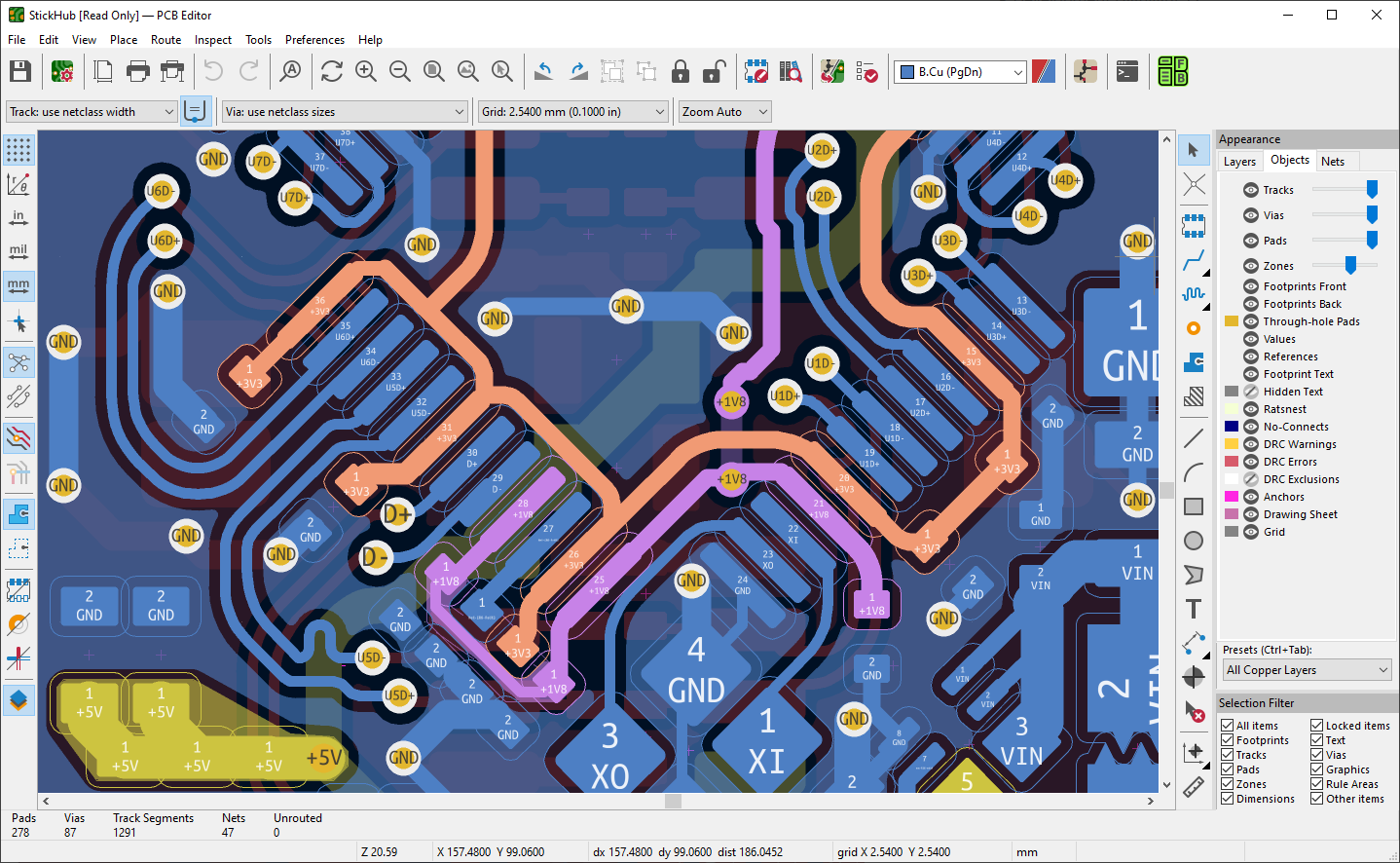
PCBs or Printed Circuit Boards are the fundamentals of every modern electronic device. They are used in various devices such as computers, smartphones, GPS devices, and many others.
There are various types of PCBs that include single-sided PCBs, double-sided PCBs, flexible PCBs, rigid PCBs, and many others. However, some PCBs are simple, while others are a bit complex.
To learn more about Multilayer PCBs, here is a simple guide about Multilayer PCBs, their uses, and benefits in the world of electronics.
What is Multilayer PCB?
Multilayer PCB is a printed circuit board with three or more copper foil layers. These are several layers of double-sided PCBs that are glued and laminated together with heat-protective insulation.
Multilayer PCBs were designed due to various changes in the electronic world. And in today’s world, the tasks of electronic devices have become more refined. Hence, they require complex PCBs such as multilayer PCBs.
However, most traditional circuit boards had many issues, such as noise and being very heavy. In addition, they needed to follow specific design constraints.
Due to these issues, it was hard to get a good level of performance. Thus, multilayer PCB was invented. Multilayer PCBs are small, lightweight, and durable.
In addition, multilayer PCBs are used in various sectors such as automobile, defense, medical, and many others. They are used in almost every complex electronic gadget.
They are available in many sizes and widths to handle the needs of any electronic gadgets. Layers are generally in even numbers since odd numbers can bring circuit problems such as warping.
Most applications need between four to eight layers, even though devices such as smartphones use around twelve layers. But some PCB manufacturers produce multilayer PCBs with almost a hundred layers.
Although multilayer PCBs are a bit more expensive than simple PCBs, they have become very popular due to the numerous benefits.
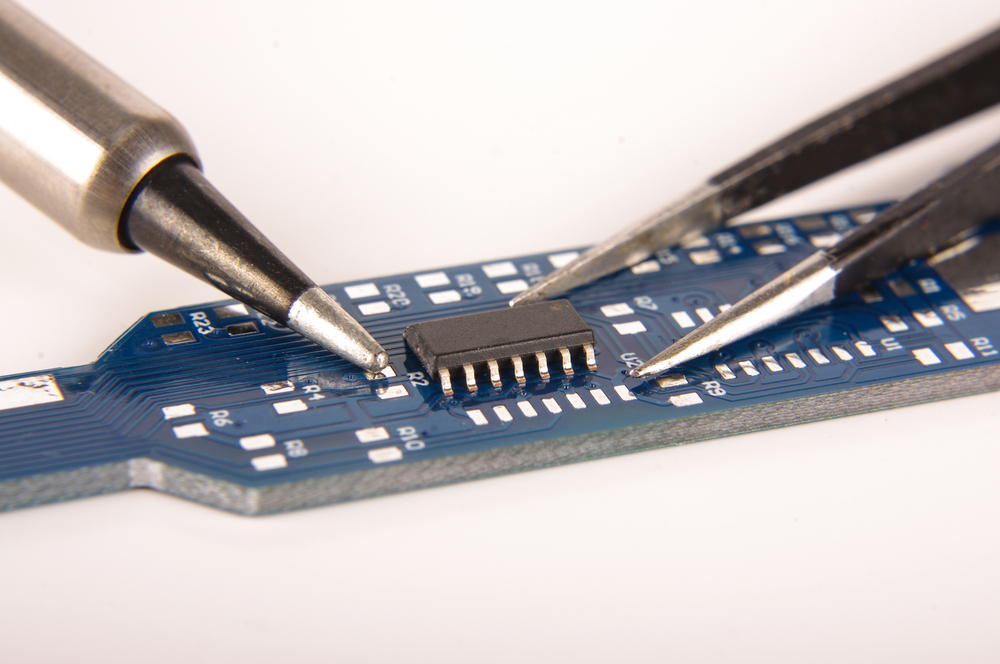
Benefits of Multilayer PCBs
Multilayer PCBs are used in various electrical gadgets because they offer numerous advantages in functions, design, and cost. Here are the main benefits of multilayer PCBs.
1. Small Size and lightweight
The main benefits of multilayer PCBs are their lightweight and size. Due to their smaller size than other PCBs, they are beneficial to most modern electronics.
Hence, it is now possible to have a smaller device but very powerful. Some of these gadgets include laptops, tablets, and smartphones.
With a smaller PCB, it means less weight. Hence, most multilayer PCBs are smaller and very light. This is a benefit to most modern electronic devices moving towards mobility.
2. High quality and durability
Multilayer PCBs are of high quality and very durable from designs to planning. They are of better quality than single-sided PCBs and double-sided PCBs. In addition, they are more reliable.
Also, multilayer PCBs are more durable than other PCBs. They are designed to handle heat and pressure and their own weight.
3. Improved flexibility
Even though not all multilayer PCBs are flexible, you can find a flexible multilayer PCB. The flexible one is essential for some applications where mild bending is needed.
4. More Powerful
Multilayer PCBs are robust and other PCB types. Hence, they can achieve greater capacity and speed even if they are smaller in size.
With the above benefits, multilayer PCBs are useful in a wide range of applications, especially mobile gadgets. And with most industries going mobile, multilayer PCBs are mostly preferred over other PCBs.
Benefits of multilayer PCBs over Single-layer PCBs
Compared to single-layer PCBs, multilayer PCBs come with numerous advantages. Some of the advantages include:
- Higher assembly density – since single-layer PCBs are limited by their surface area, multilayer PCBs increase their density through layering.
The increased density increases functionality, enhanced capacity even though they are smaller and lightweight.
- Smaller size – generally, multilayer PCBs are smaller than single-layer PCBs. Instead of increasing the size of the surface area, multilayer PCBs have extra layers.
- Improved design functionality – multilayer PCBs are more than an average single-layer PCB. Hence, they can accomplish more despite their smaller size and lesser weight.
What are Multilayer PCB Applications?
Multilayer PCBs have become the preferred option for various applications. Some of the leading multiplayer PCB applications include:
- Consumer electronics – consumer electronics are the primary devices that use multilayer PCBs. Since most consumer electronics such as smartphones, laptops, and smart-watches are multi-function, they need refined PCBs.
- Computer electronics – Most electronics use multilayer PCBs due to their small size and high functionality. In addition, they are perfect for many technologies in the computer industry.
- Telecommunications – telecommunication gadgets such as GPS, signal transmission, and satellite use multilayer PCBs. The main reason is because of their functionality and durability.
- Medical devices – multilayer PCBs are also used in many medical devices due to their small size, impressive functionality, and are lighter than single-layer PCBs.
- They are used in CAT scan equipment, X-ray equipment, heart monitors, and medical testing devices.
- Military – since multilayer PCBs are durable, light, and have impressive functionality, they are favored in the military sector.
- Automotive – most cars rely on electric components in this modern era. The auto industry uses multilayer PCBs on GPS devices, computers, headlight switches, and many others.
- Since they are durable and small, multilayer PCBs are functional and fit for any automobile.
- Aerospace – just like cars, planes and jets have computers and other electronics that use PCBs. Hence, multilayer PCB offers an ideal solution for aerospace.
- Others – multilayer PCBs are used in other industries such as the research industry, science, security, and some home appliances.
Final Word
Multilayer PCBs come with numerous benefits over single-layer PCBs. Hence, they are preferred for various applications. They are durable, lightweight, small, and very effective.
Due to their benefits, the number of multilayer PCB uses continues to expand. More and more industries are focusing and investing in multilayer solutions. Hence, it would help if you focused and partnered with PCB manufacturers.
[photos: depositphotos.com]




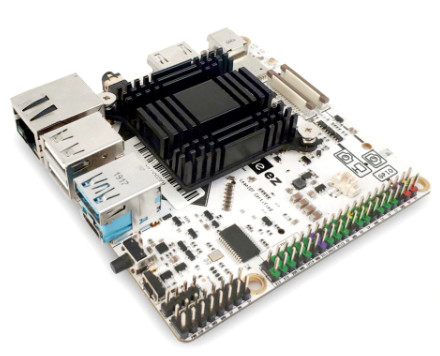

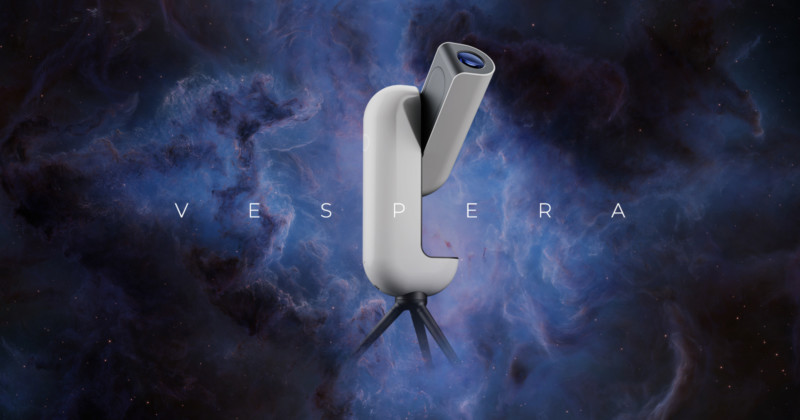
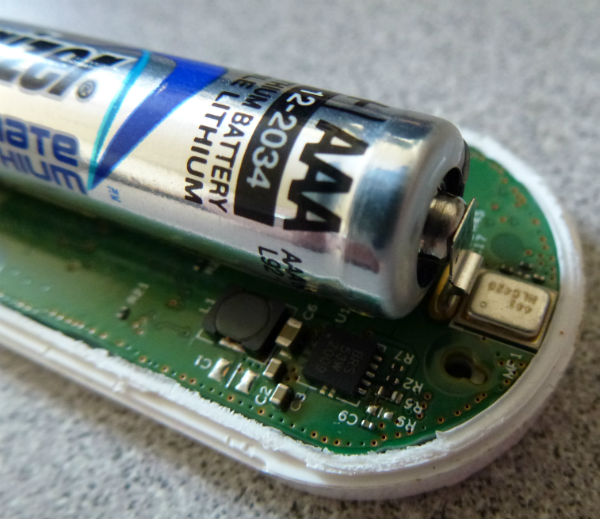
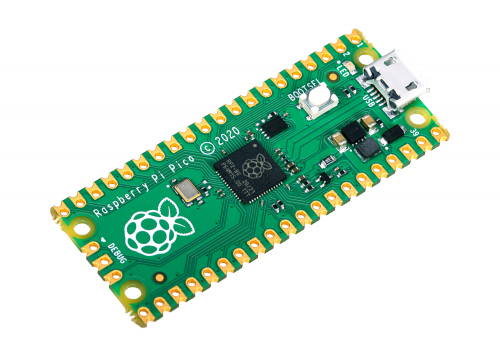
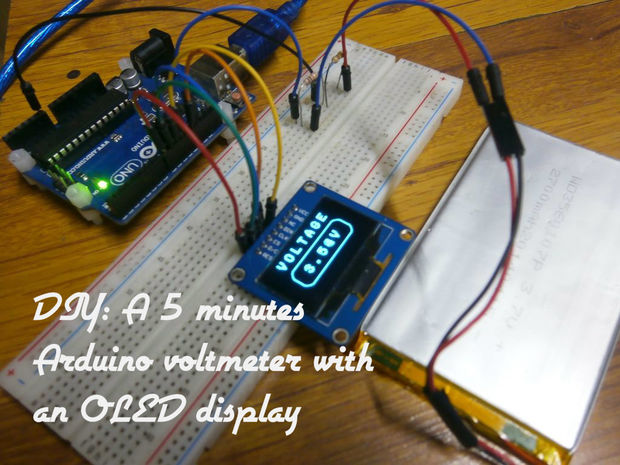







thanks for this details post